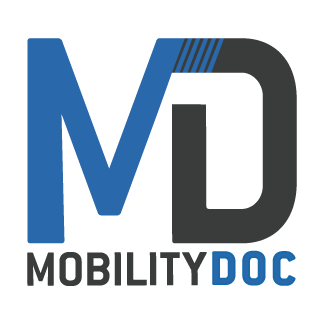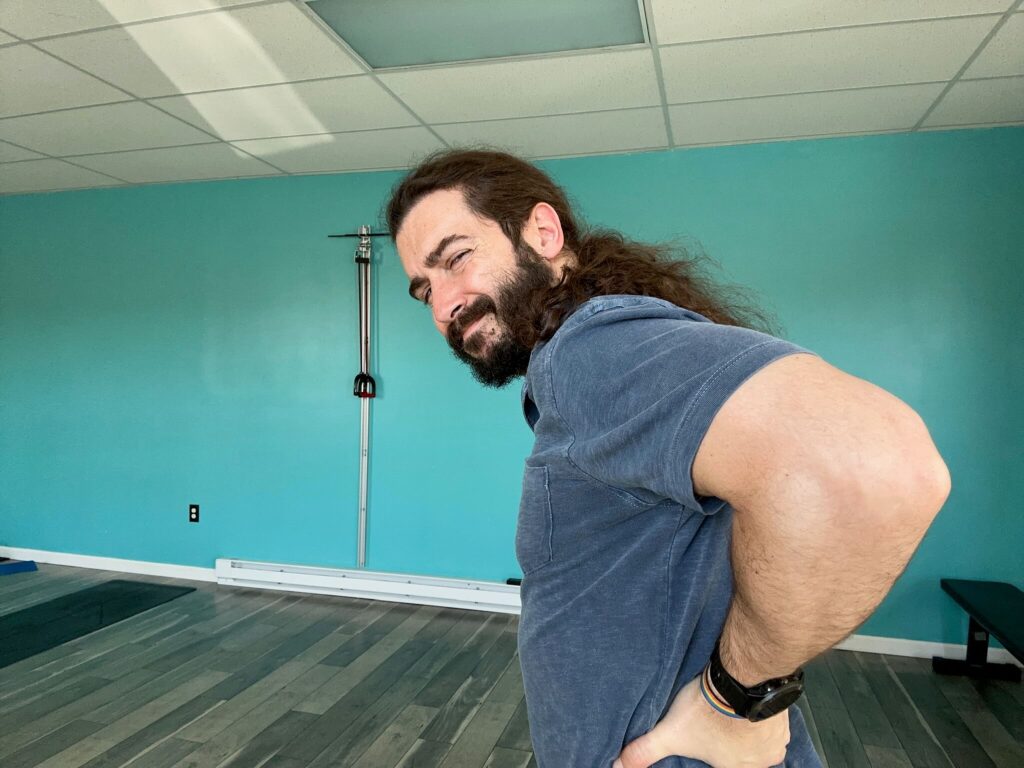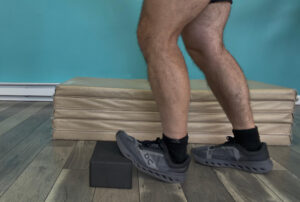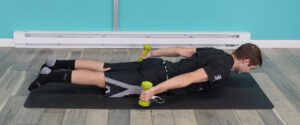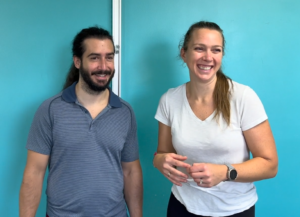Back pain is one of the most common health complaints, affecting millions of people worldwide. Whether it’s a dull ache, sharp twinges, or persistent discomfort, back pain disrupts your daily life. Despite its prevalence there are many misconceptions about back pain. These misconceptions can prevent you from seeking the right treatment and making informed choices. In this article, we’ll explore some key aspects of back pain, including the two main types of back pain, the role of genetics, environmental factors you can control, and the age old question of whether bed rest is truly beneficial.
Discogenic vs. Non-Discogenic Back Pain
Before we start debunking myths, it’s important to understand what kind of back pain you’re having. There are more types of back pain but for the purpose of this blog we’re tackling these 2 (which are the most common).
Discogenic Back Pain
This type of pain originates from the discs in the spine. Discs can become damaged or degenerate over time, leading to conditions like herniated discs or degenerative disc disease. The pain typically results from the pressure on nerves or the irritation caused by disc abnormalities. This type of pain is typically radiating and can often include issues with nerves.
Non-Discogenic Back Pain
This category includes pain from basically everything else. This includes muscles, ligaments, joints, or bones in the spine that aren’t directly caused by discs. Non-discogenic pain can be more generalized ache, stiffness, or pain.
Interesting Fact: These types of issues can co-exist. While many people suffer from low back pain it’s incredibly common that you can be in pain and have disc issues, but the disc issue isn’t actually causing your pain!
Understanding Back Pain: Myth Busting
Is Bed Rest Good For Me?
For many years, people believed that resting in bed was the best way to deal with back pain. However, this belief has been researched and proven wrong through multiple studies. While rest can be helpful in the acute stages of some pain (like after an injury), prolonged bed rest actually makes things worse.

Staying inactive for extended periods can lead to muscle weakening and stiffness, which can increase pain and prolong recovery. If you’ve heard the phrase “motion is lotion” that has a lot more truth to it! The sooner you can get back to your regular activities the better. In fact, research shows that gentle movement and staying active within your limits is often more effective for healing. So get up and get moving!
I need an MRI or Xray to Understand My Pain
This is again a no. Imaging by itself is a snapshot of what’s going on but should be coupled with movement. Often people will have back pain without any disc herniations or protrusions at all. If you have a scan and it shows nothing, does that make your back pain any less real? Of course not. It just means your back pain is being caused by non-discogenic issues.
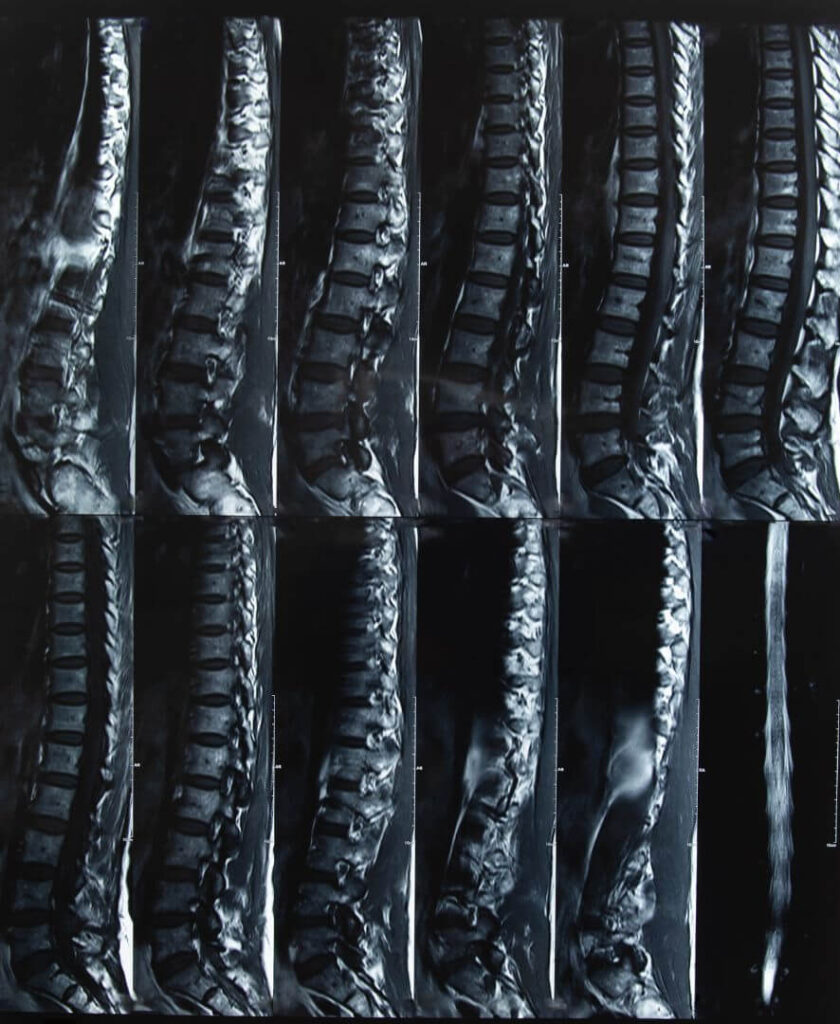
When images like MRI’s are taken it’s often because you’re gearing up for surgery. Most people with low back pain don’t need surgery. More often than not, images change nothing about what you need to do to recover from your low back pain. You need to improve strength, mobility, and most likely change some habits to help you alleviate that pain.
An MRI can be a great way to compare your current body to your future self. If you get another scan in the future you can compare degeneration! You may find that almost nothing has degenerated at all (meaning more non-discogenic issues).
My Pain Is Debilitating so My Injury Is Severe
The answer is not always. Sometimes incredible amounts of pain can be solved with very simple fixes! The right muscles being tight can pinch nerves and make it seem impossible to move. That being said, with targeted mobility exercises you can get back to being you in no time!
This isn’t always the case, but often rings true. Of course some injuries are more severe than others but the majority of the time people dealing with back pain can get past it with flexibility, stability, and strength work. We’ve had people walk into our office with terrible imaging and have no pain while others have clean images and can’t stand up straight because it hurts. That is why understanding back pain is so important. Getting to the bottom of what is causing your issue will help it from coming back!
Does Genetics Play a Role in Your Back Pain?
Did you ever put your relationship status as “it’s complicated…” Well that is how we can refer to genetics playing a role in your back pain. It’s natural to wonder whether your genetic makeup has anything to do with your back pain. Studies suggest that genetics can contribute to the development of certain back pain. This includes having a twin with low back pain or if your parents or grandparents had back problems. It’s possible you may have a higher risk of experiencing similar issues. However, genetics are only a small part of the picture.

Before you celebrate it’s important to understand that while you may have a genetic predisposition, lifestyle choices, posture, physical activity, and other environmental factors play a much larger role in the development and management of back pain. You’re not doomed just because of your genes—there’s a lot you can do to manage and reduce your pain.
Environmental Factors You Can Control
Certain environmental factors, such as your posture, exercise routine, and daily habits, can have a significant impact on your back health. Poor posture while sitting, standing, or sleeping can lead to imbalances that strain your spine and muscles. Here are some ways you can positively impact the symptoms of your back pain.
Get Moving!
Physical activity and maintaining a healthy weight are some of the best ways to keep back pain at bay. A sedentary lifestyle can weaken the muscles that support your spine, increasing the risk of pain. Exercise, particularly strength training and stretching, helps support spinal health and alleviate tension in the muscles and ligaments.

Fun Fact – If you maintain an active lifestyle and get your heart rate up regularly you can decrease the likelihood of low back pain by 40%!!
Sleep and Stress Management
It might be hard to believe but sleep quality and anxiety impact how you perceive your back pain. If you’re incredibly anxious or irritable from sleep deprivation your pain may seem more intense. Seeing a professional to help manage your stress or just making sure you’re getting 8 hours of sleep may help to reduce your back pain.
Workplace Ergonomics
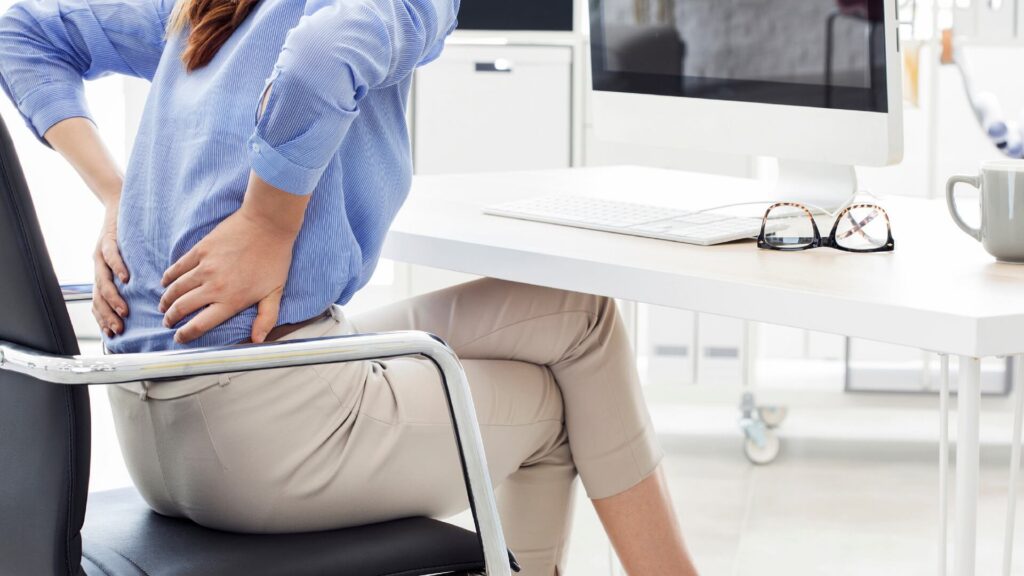
Workplace ergonomics are also incredibly important. You may not think about it but you’re sitting or standing a certain way for almost 8 hours or more a day! That is a lot of time for your body to learn improper posture or habits that can be contributing to your back pain. Be mindful when setting up your workstation. Think about your chair, posture while seated, height of your screens or desk, you name it, it will impact you!
Watch Our Video on Understanding Back Pain!
Understanding back pain is the first step in overcoming it. While some factors, like genetics, are out of your control, they play a very small part in what issues you’re facing. There are many environmental and lifestyle factors that you can manage. By understanding the different types of back pain, adopting healthy habits, and avoiding common misconceptions, you can take an active role in improving your spinal health. Whether it’s avoiding prolonged sitting or strengthening your core, there’s a lot you can do to prevent and alleviate back pain—starting today.
Next week we are sharing actionable ways to help you alleviate your back pain immediately! These exercises focus on helping relieve tension so you feel better. Sign up for our weekly newsletter so you’re notified!
Need Solutions Now?
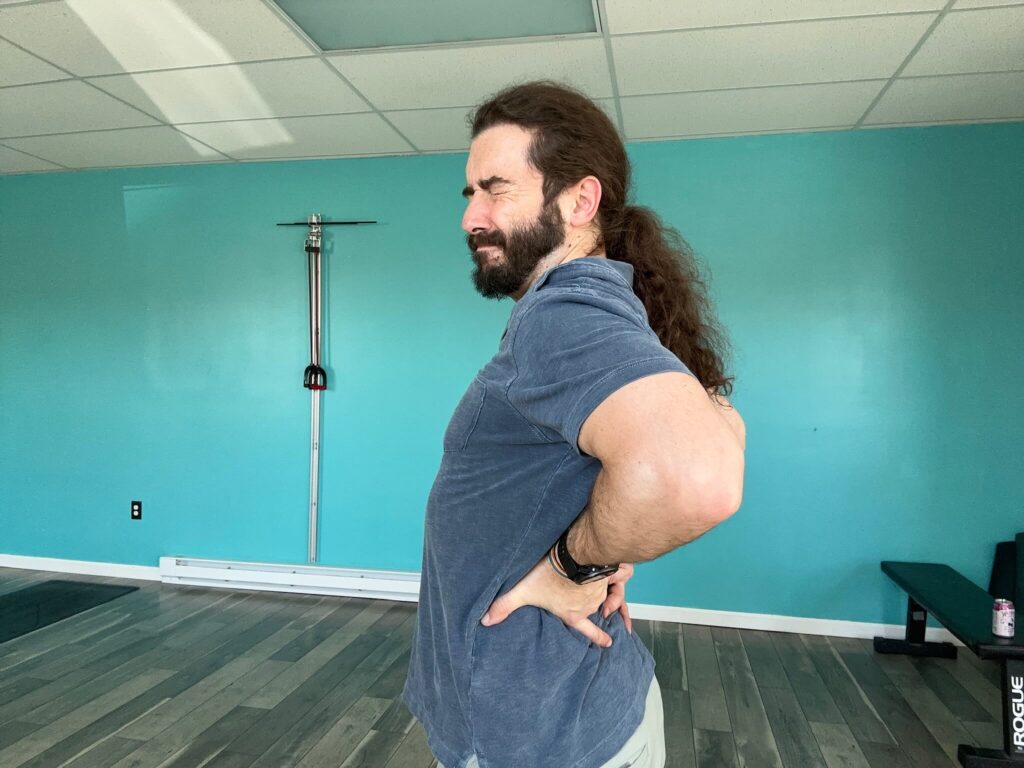
This 4 week systematic program targets back pain using our Mobility-Doc Method. You’ll receive daily exercises to help improve the mobility, stability, and strength through your entire spine.
It’s so easy to do, you’ll be able to complete this program in just 15 minutes a day! Start MDRx Back Pain today!
Free Solutions To Start Today!
Try our 10 Day Mobility Challenge! What do you have to do? It’s easy! Do these exercises once a day for the next 10 days and see how your back pain changes (hopefully goes away!)
Read the blog or watch the video!!!
